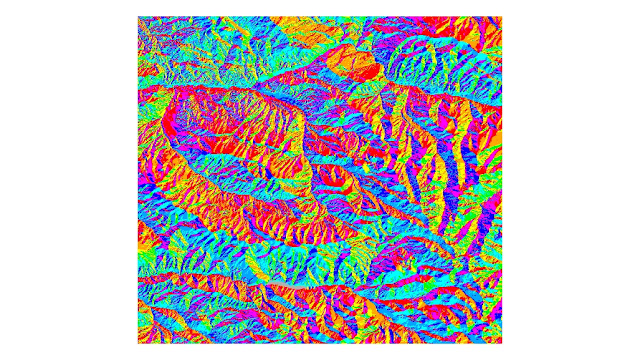For this lab, I wanted to explore the air quality of LA county and its relation to the station fire. According to the InciWeb site, the station fire took place in 2009 and was officially contained on October 16th. The station fire was the 10th largest fire in California since 1933. The Station fire has claimed the lives of two firefighters and injured 22 people. The report stated that the fire was contained following rainfall in the San Gabriel Mountains in the earlier week. Along with the rainfall, fire fighters were able to contain the remainder area of the fire in the San Gabriel Wilderness Area.
Since so much was burned, consistent rainfall and moisture will greatly reduce chances of wildfires in the near future for the San Gabriel Wilderness Area. I wanted to show the moisture in the LA county area, so I decided to add LA County data with water presence. Since the viewer cannot blow up the size of the image, it is a bit difficult to fully see every portion of water; regardless this map offers an interesting perspective. Although there is adequate water coming into the the LA county (Much of this water is taken from aqueducts from the northwestern and Midwestern United States), this still not fully stop wildfires from taking place in southern California's chaparral. Water has a role to play with air quality. Since LA county pollutes so much that when the water evaporates, some of it becomes acid rain.
Something to consider about wildfires is that they are natural and need to take place in order for the environment to go through the necessary steps of regrowth. Wildfires inherently cause smoke which is not healthy to the environment and the organisms that inhabit it. The air quality of LA is known for being very unhealthy. According to the South Coast Air Quality Management District, the air quality for Orange County increased from 15 to 20% from 2002 to 2003. The Daily News of Los Angeles states that even though there have been improvements, the Los Angeles area holds its place as the most ozone-polluted area in the US. This statement was given by the American Lung Association in April 2009.
The Huffington Post stated that six in 10 Americans, which is approximately 175 million Americans. Los Angeles county has a high percentage of the nation's population. Though this is due to being such an industrial city, some of it is due to fires. Air quality is an important issue that needs to be addressed because it affects our health and can lead to lung diseases which shorten life expectancy. Since they are natural, it is beneficial to take part in controlled burning, which helps the environment as well as limits the amount of air pollution. The reason the station fire was so hazardous was that it covered such a large area and that dry debris had been piling up so that when the fire started it spread very fast.
As one can see, the majority of people who live in the LA county live before the San Gabriel Mountains. The wind patterns allowed the smoke from the station fire to carry throughout the county. It greatly increased air pollution at that time. In my personal experience, the news informed many not to exercise around this time because it was harmful to one's lungs. Fires like the Station Fire could have been avoided. It was not a natural fire, but the authorities were unable to find the culprit. Controlled natural fires that are reoccurring are the most beneficial for the environment. The LA county has to understand that its location involves natural fires, so measures need to be implemented to prepare for those situations. Sometimes mistakes happen and the community has to be prepared to live with those affects.
Work Cited
Images














